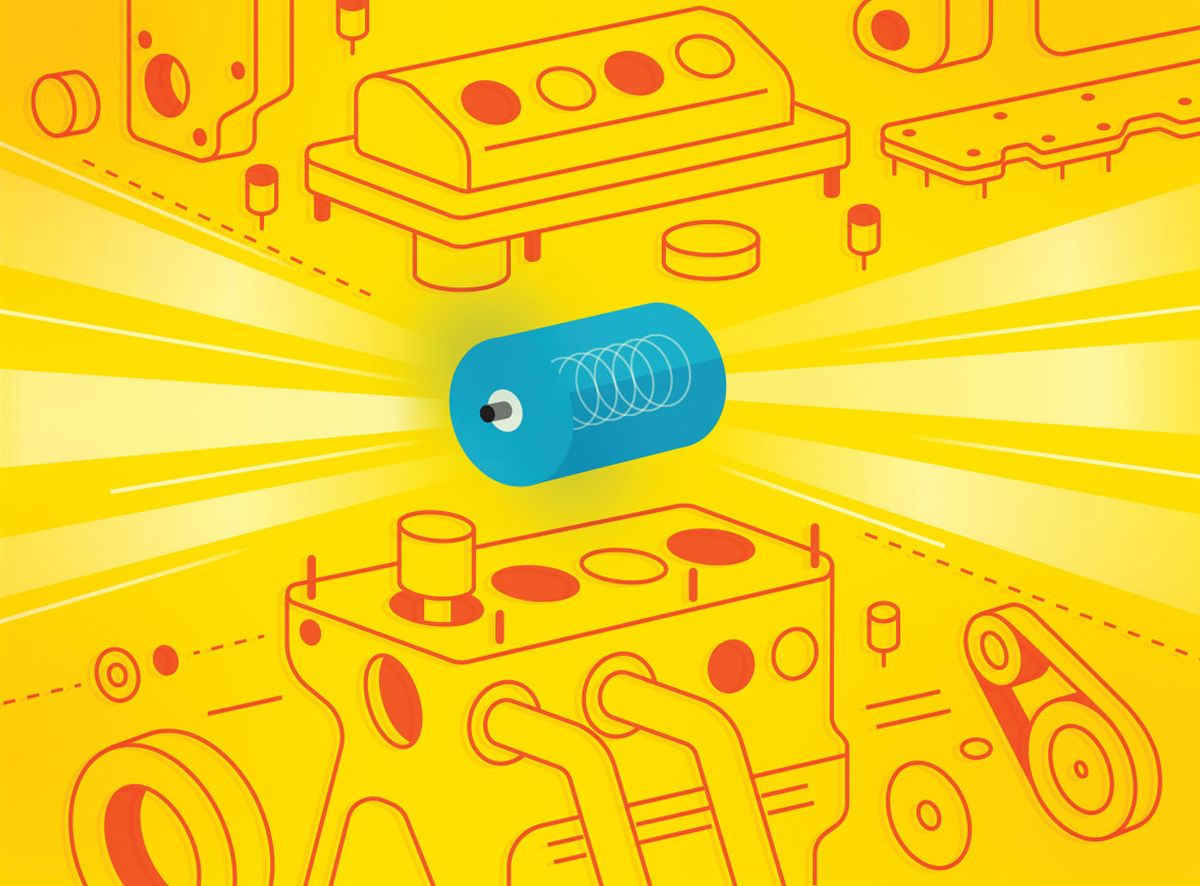Nearly 50 years ago, my dad bought an electric Black & Decker lawn mower to trim our quarter-acre suburban lot, together with a 150-foot (46-meter) extension cord that had to be carefully kept away from its blades. I earned my allowance behind that mower, neurotically obsessed with the thought that I’d carelessly lose track of the cord in a patch of high grass and run it over, electrocuting myself—something I narrowly avoided a number of times. Eventually, my dad replaced it with a gas-powered mower, which stank and smoked and sometimes just wouldn’t start, but at least it didn’t hold out the danger of frying his firstborn.
Today, you can buy at your local home center an electric lawnmower that is both cordless and autonomous. It first maps your lawn, then mows it, finding its way back to its charging port before its batteries drain. Trying to engineer those capabilities into a gas-powered lawn mower would require a complete rethink of the design.
For the past century, designers have weighed the trade-offs between engines and motors and have opted to use engines in almost anything that operates far from an electrical outlet. The choice adds considerably to complexity: A modern automobile engine may have thousands of individual components—two orders of magnitude more than the average electric motor. This means internal-combustion engines malfunction in ways an electric motor never could. We’ve long accepted this mechanical burden as the price for cutting the cord—or in the case of lawn mowers, as the price for not having a cord to cut!
That calculus kept internal-combustion engines in the captain’s chair for almost all of the 20th century. Although about half of all electricity generated gets used to power electric motors of one sort or another, those many motors have historically been thought of as limited and limiting, an assessment now invalidated by a combination of better batteries (the result of manufacturing billions of smartphones) and smarter electronics. Today, electrifying a device that formerly required an engine means opening up the palette of possibilities to a product designer, who can now blend simplicity with sophistication.
No modern gadget makes that point as clearly as the recently unveiled flying taxi from Joby Aviation. The product of more than a decade of stealth R&D, it’s a cross between a small plane and a multicopter. Had Joby’s designers been forced to use internal-combustion engines, as some other flying-car companies have attempted, the craft would no doubt have been awkwardly complex, heavy, and much too loud. Instead, it uses sophisticated batteries and software to manage its six motors, making this eVTOL (electric vertical-takeoff and landing) craft relatively quiet and versatile. Distributed electric propulsion represents a new kind of design, one that we’ll surely see much more of, as aeronautical engineers explore the possibilities that arise when combining electric motors with electronic brains.
Only a decade ago we assumed internal-combustion engines would remain a permanent part of our world and invested huge resources in squeezing the last drops of efficiency out of them. While they’ve had a good run, they’ve been pipped at the post now by electric motors. The 20th century belonged to the engine, but the 21st century belongs to the motor, which is simple, silent, and smart. That combination changes everything about how our world works.
This article appears in the July 2021 print issue as “Engines of Change.”
Mark Pesce founded, in 1991, the world's first consumer virtual reality startup. And he and others developed the Virtual Reality Modeling Language ( VRML). He also founded the first company to use VRML to deliver streaming 3D entertainment over the Web. He currently serves as Entrepreneur-in-Residence at the University of Sydney's Incubate program. In addition to being an engineer and a teacher, Pesce is also a popularizer. In 2005, the Australian Broadcasting Corporation invited Pesce to become a panelist and judge on the television series "The New Inventors." In 2011 Pesce published his sixth book, The Next Billion Seconds. In 2014, Pesce and Jason Calacanis launched the podcast This Week in Startups Australia. Later Pesce started The Next Billion Seconds podcast. And since 2014, he's been a columnist for The Register.



